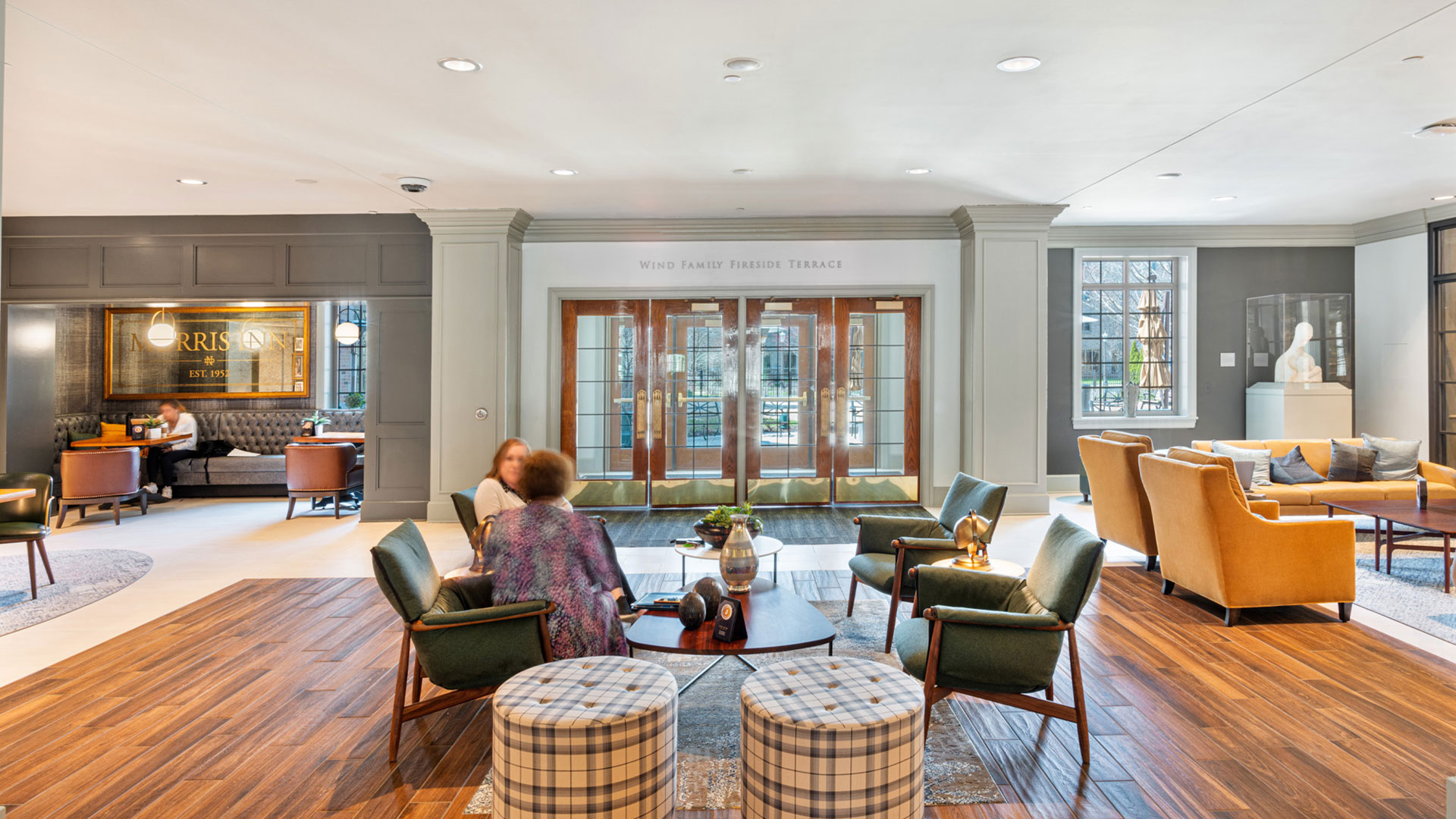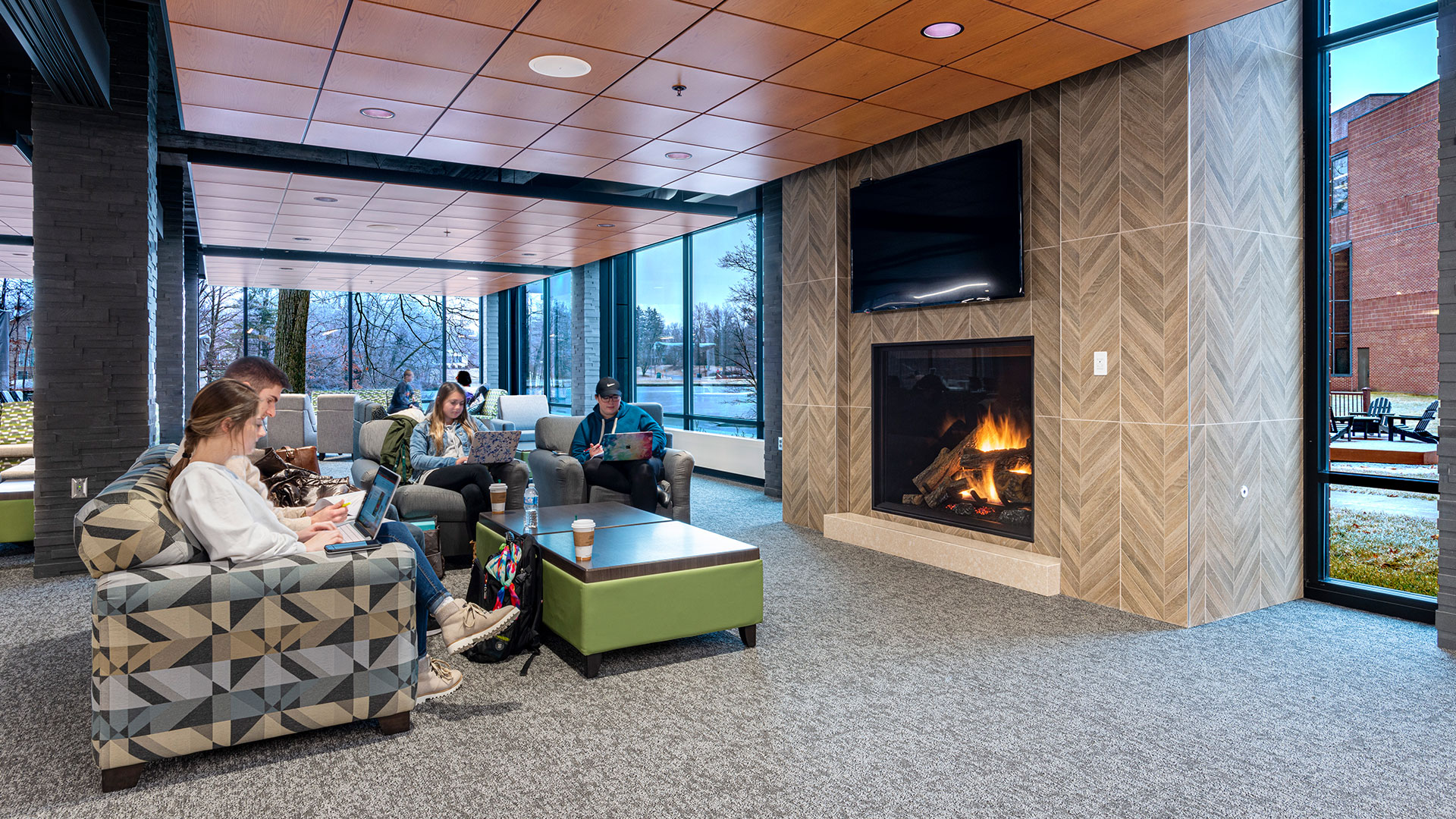Renovating College Campuses to Improve Mental Health
By Quinn O’Heeney, PE
August 5, 2024Post Tagged in
Incorporating simple design elements into college campuses can help support mental health and position students for academic success.
It’s no secret that levels of stress, anxiety and depression on college campuses can be high due to academic demands, work schedules and social obligations. Combining that with increased numbers of Americans reporting a mental illness, including young adults, it puts campus leaders in a unique position to enhance student well-being and foster a supportive environment.
These four design strategies can be implemented on campus to help combat mental health issues among students by creating a sense of connectivity and belonging, which has been proven to boost retention and student success.



